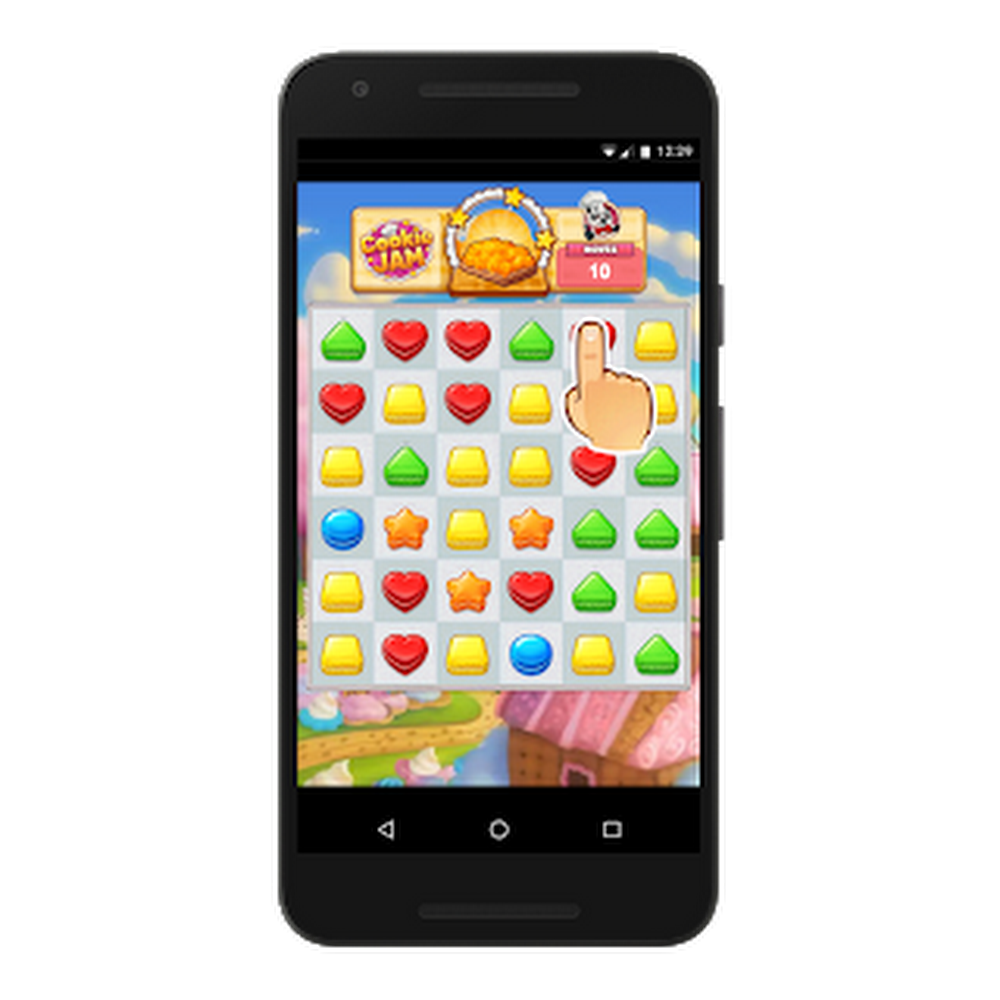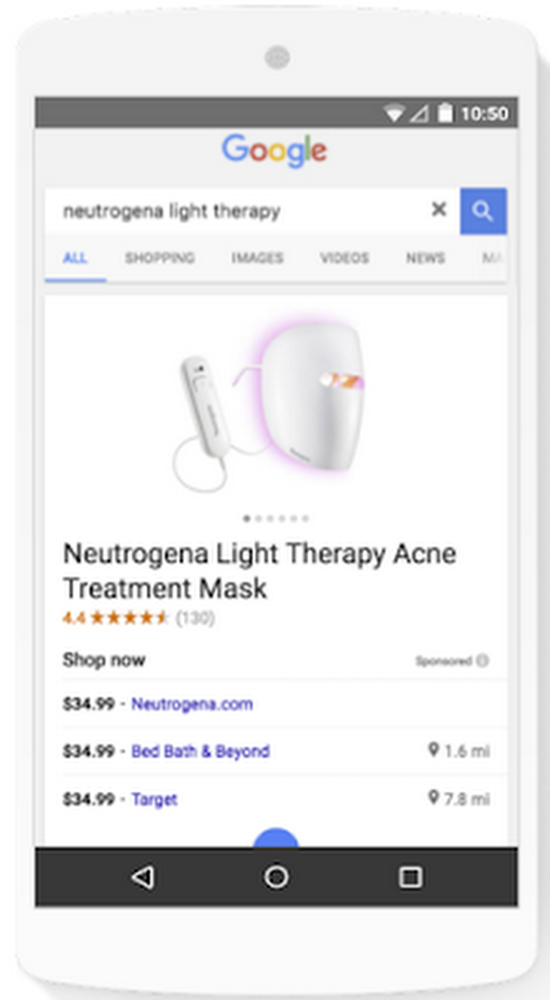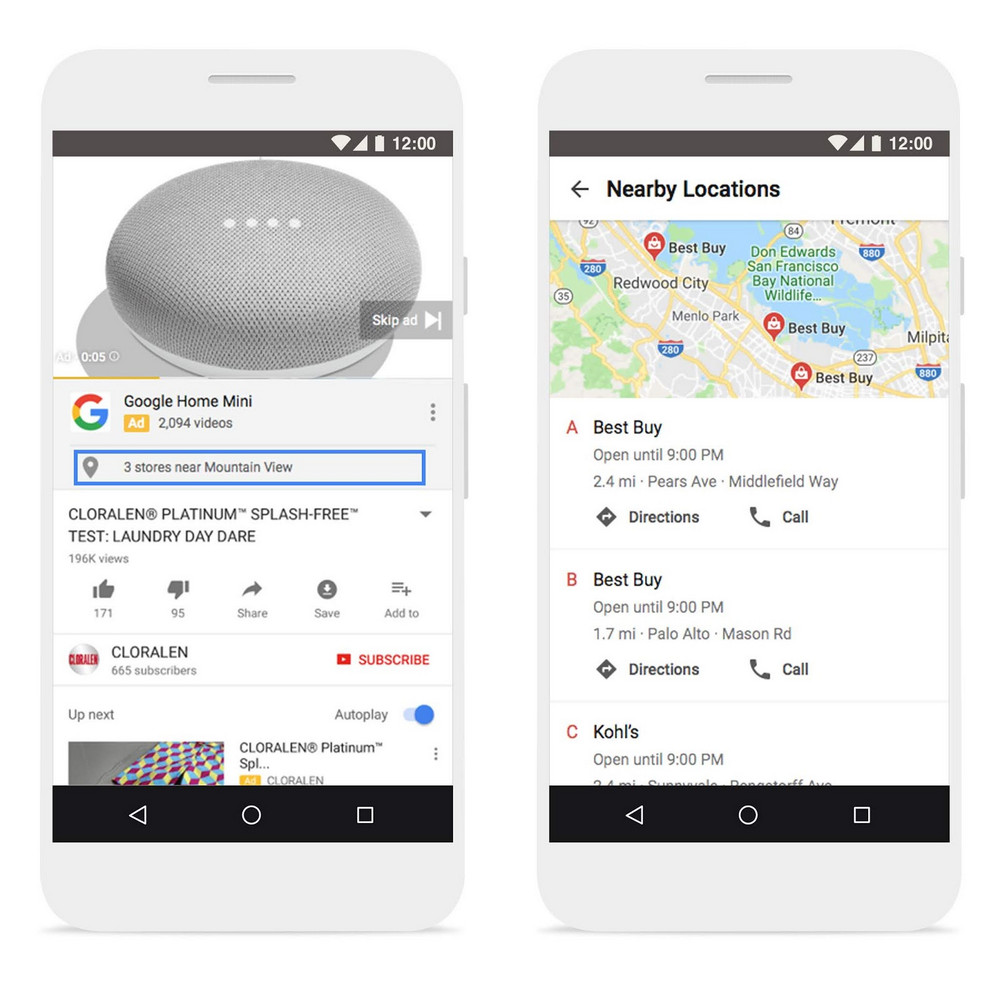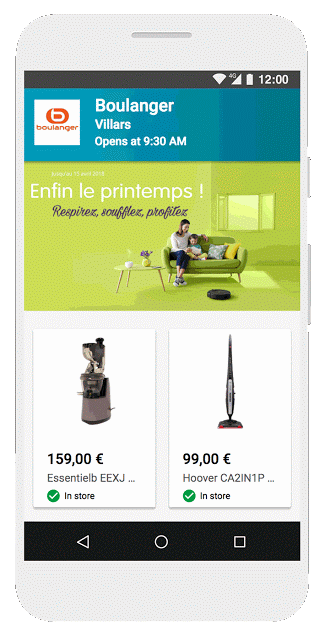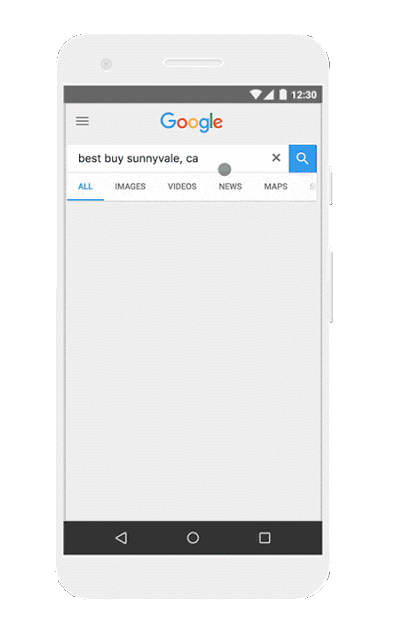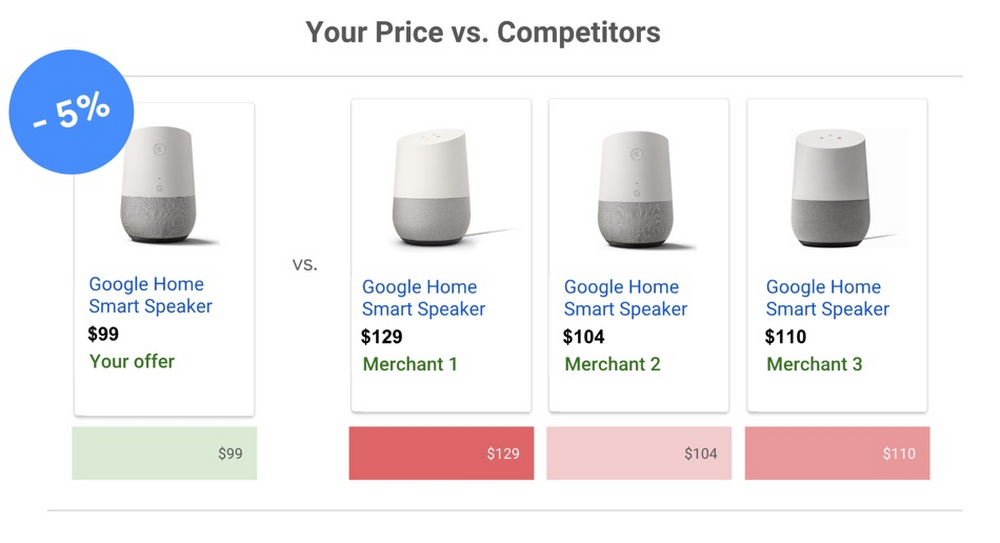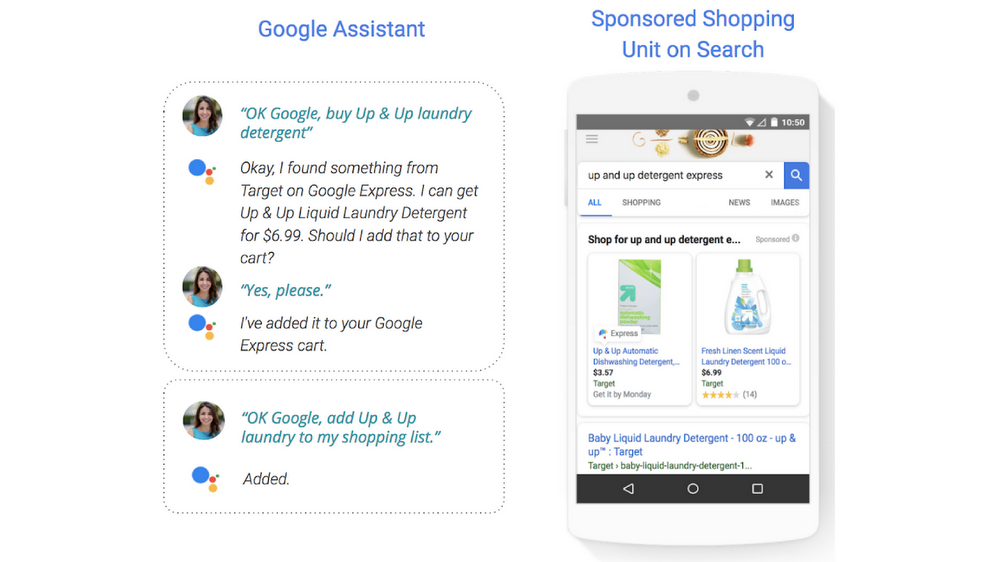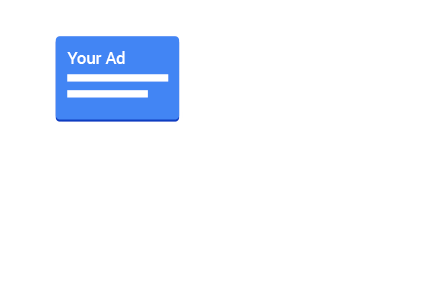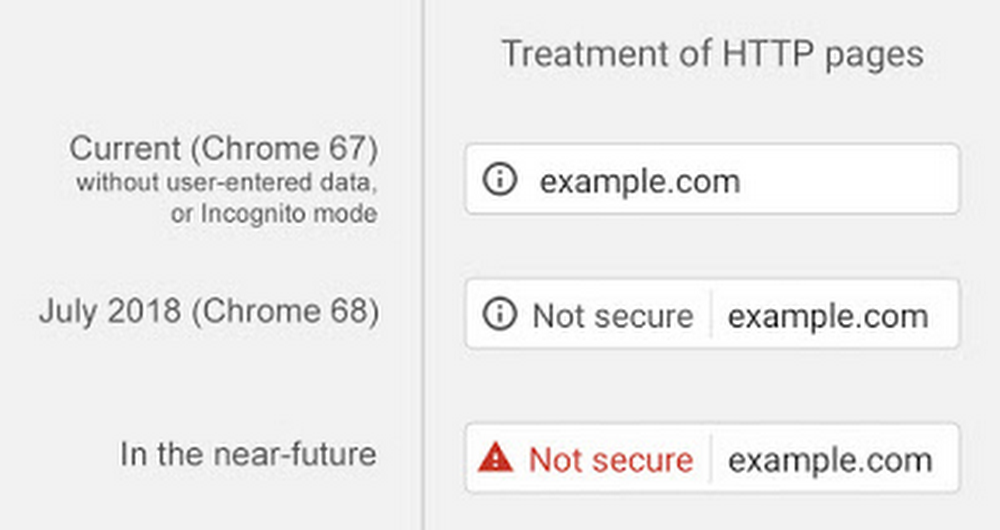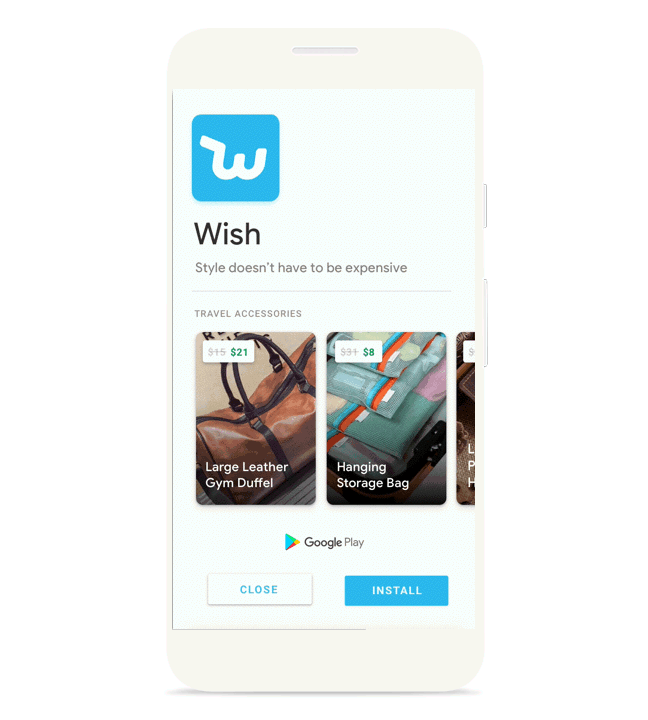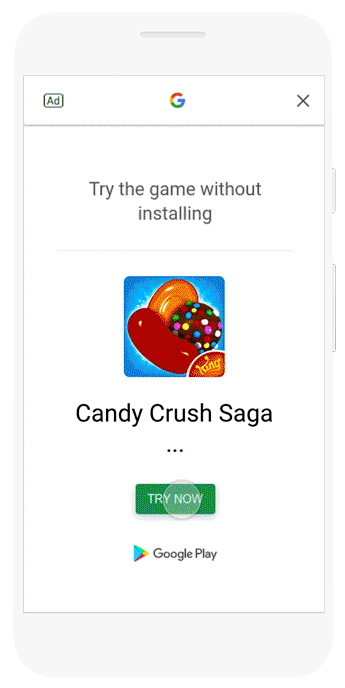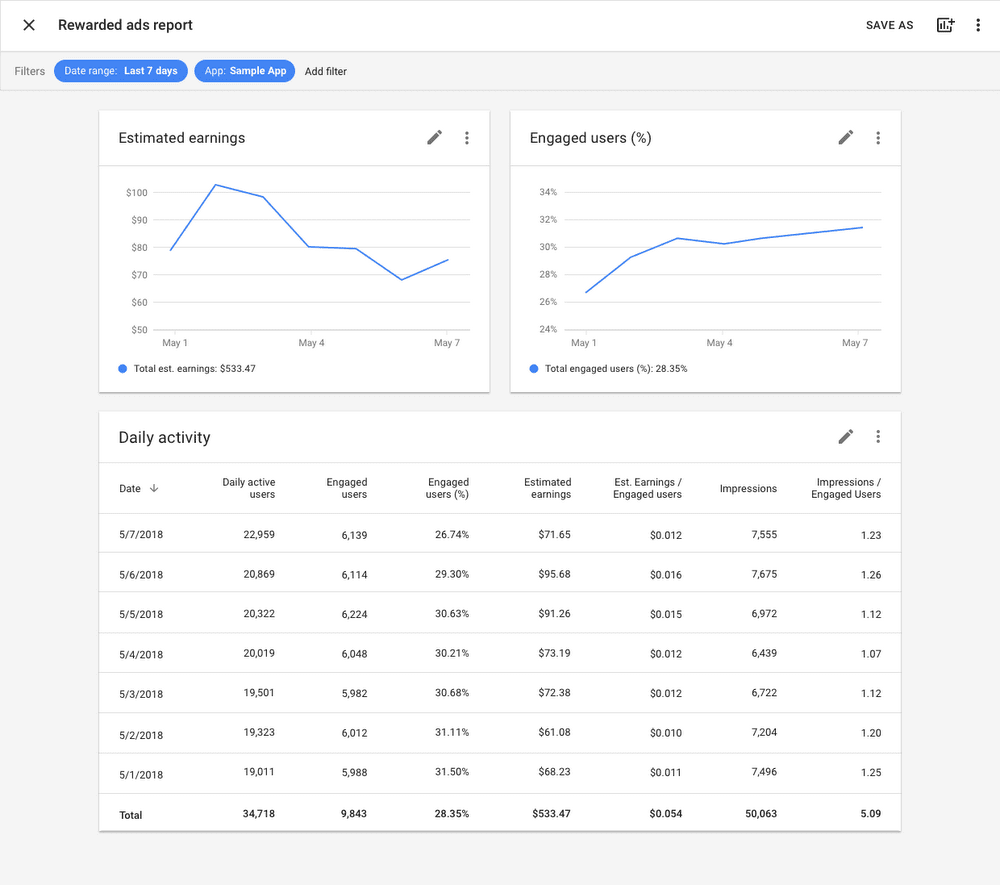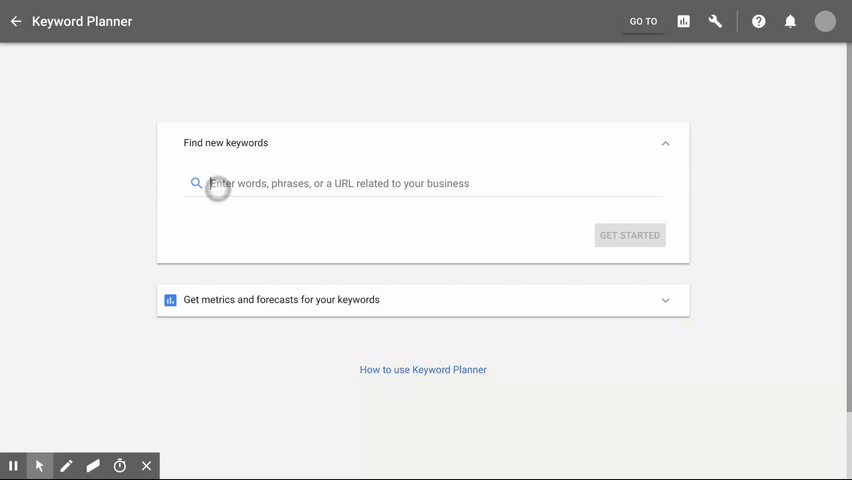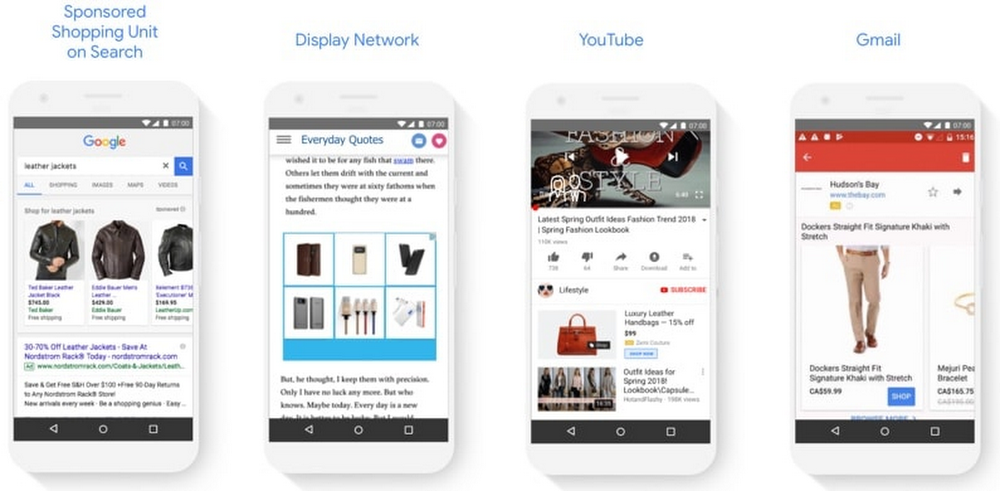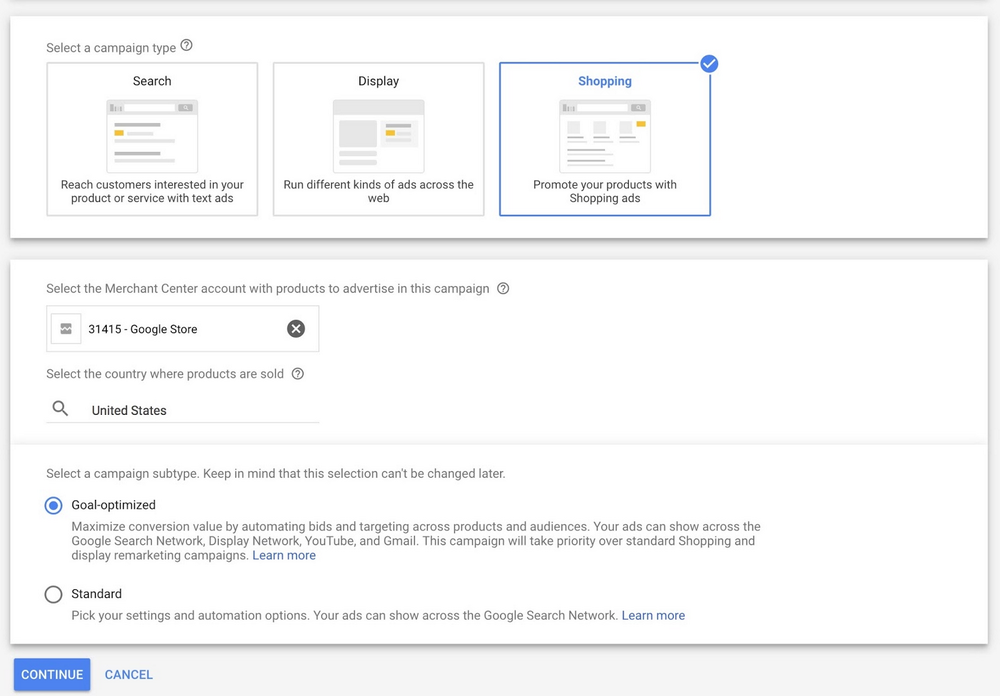Later today, at the Games Developer Conference (GDC) in San Francisco, I look forward to sharing a series of new innovations across ad formats, monetization tools and measurement insights for apps:
- New playable and video ad formats to get more people into your game
- Integrations to help you create better monetization experiences
- Measurement tools that provide insights about how players are interacting with your game
Let more users try your game with a playable ad format
There’s no better way for a new user to experience your game than to actually play it. So today, we introduced playables, an interactive ad format in Universal App Campaignsthat allows users to play a lightweight version of your game, right when they see it in any of the 1M+ apps in the Google Display Network.
"Jam City wants to put our games in the hands of more potential players as quickly as possible. Playables get new users into the game right from the ad, which we've found drives more engagement and long-term customer value." Josh Yguado, President & COO Jam City, maker of Panda Pop and Cookie Jam
Playables will be available for developers through Universal App Campaigns in the coming months, and will be compatible with HTML5 creatives built through Google Web Designer or third-party agencies.
Improve the video experience with ads designed for mobile viewing
Most mobile video ad views on the Google Display Network are watched on devices held vertically.2 This can create a poor experience when users encounter video ad creatives built for horizontal viewing.
Developers using Universal App Campaigns will soon be able to use an auto-flip feature that automatically orients your video ads to match the way users are holding their phones. If you upload a horizontal video creative in AdWords, we will automatically create a second, vertical version for you.
Unlock new business with rewarded video formats, and free, unlimited reporting
Developers have embraced AdMob's platform to mediate rewarded video ads as a way to let users watch ads in exchange for an in-app reward. Today, we are delighted to announce that we are bringing Google’s video app install advertising demand from AdWords to AdMob, significantly increasing rewarded demand available to developers. Advertisers that use Universal App Campaigns can seamlessly reach this engaged, game-playing audience using your existing video creatives.
We are also investing in better measurement tools for developers by bringing the power of Firebase Analytics to more game developers with a generally available C++ SDK and an SDK for Unity, a leading gaming engine.
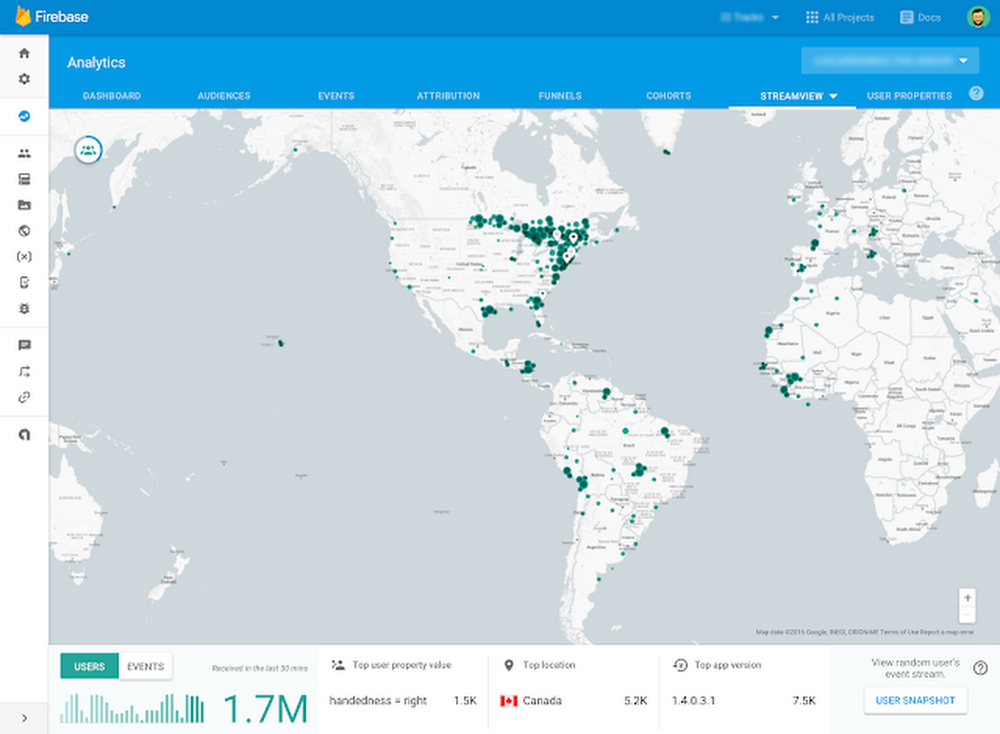
C++ and Unity developers can now access Firebase Analytics for real-time player insights
This is an exciting time to be a game developer. It’s been a privilege to meet so many of you at GDC 2017 and learn about the amazing games that you’re all building. We hope the innovations we announced today help you grow long-term gaming businesses and we look forward to continuing on this journey with you.
Until next year, GDC!
1. App Monetization Report, November 2016, App Annie
2. More than 80% of video ad views in mobile apps on the Google Display Network are from devices held vertically video, Google Internal Data
3. Google Internal Data
